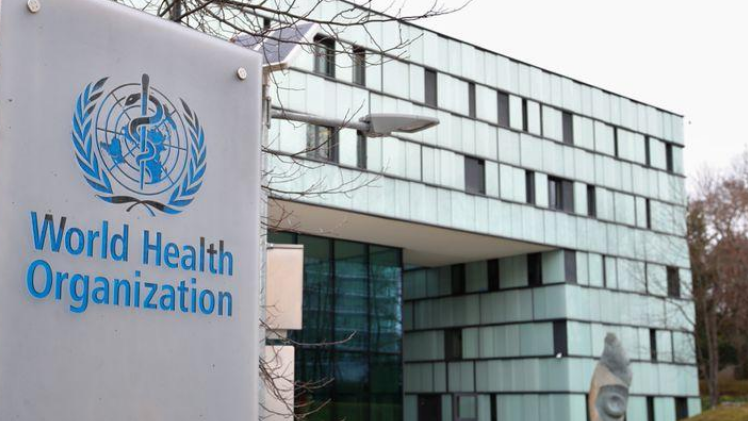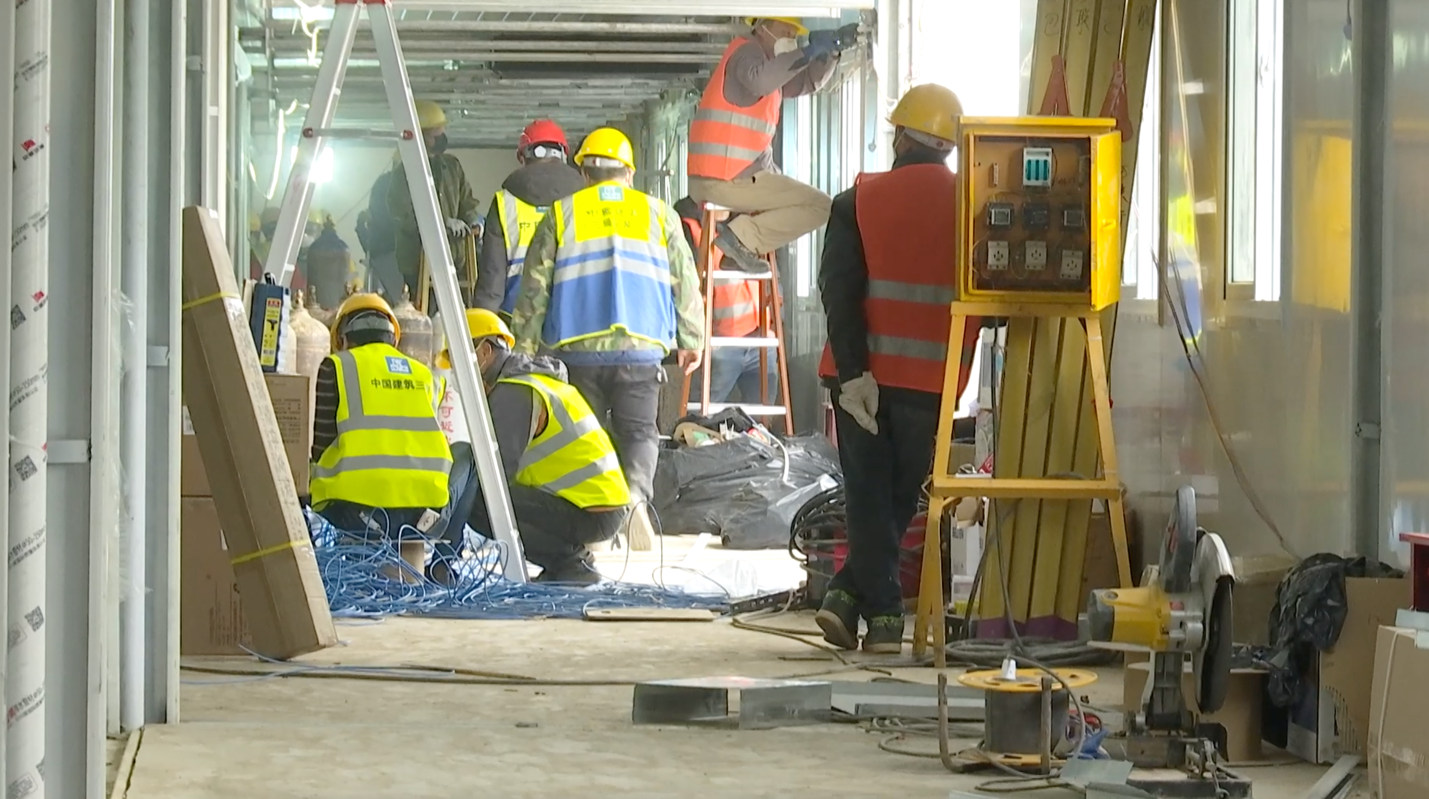
A logo of the World Health Organization is pictured outside its building in Geneva, Switzerland, February 6, 2020. /Reuters
A logo of the World Health Organization is pictured outside its building in Geneva, Switzerland, February 6, 2020. /Reuters
Editor's note: Stephen Ndegwa is a Nairobi-based communication expert, lecturer-scholar at the United States International University-Africa, author and international affairs columnist. The article reflects the author's opinions, and not necessarily the views of CGTN.
The emergence of COVID-19 in late 2019 and the subsequent pandemic declaration by the World Health Organization (WHO) in early 2020 has changed the world in fundamental ways. But as it is during a crisis of such a profound magnitude, conspiracy theories driven by opportunists carry much of the day before the truth of the cause and effect is revealed.
The verdict on where the buck stops in the culpability blame game that has played out around the coronavirus pandemic is out and, sorry, we are all to blame! The official release of WHO's report of the Independent Panel for Pandemic Preparedness and Response, "COVID-19: Make it the Last Pandemic," on Wednesday now puts paid to all rumors, insinuations and guesswork regarding how we ended up in the grip of the coronavirus.
On the contrary, the independent team put the global dysfunctional health system on the spot for its feeble, under-funded, and uncoordinated response to the coronavirus crisis. The report also laments the lack of global political leadership, which observers say is attributable to the U.S. denial of the pandemic, and its reckless approach in addressing the crisis.
If other major countries knew then what they know now, perhaps they would have taken over the mobilization role that the international community expected the superpower to take, as has been the custom in crises of such magnitude. To worsen matters, former U.S. president Donald Trump actually withdrew U.S. funding for the WHO in the mid of the pandemic, a gap that impaired the holistic response.
While the report acknowledges that unusual clusters of pneumonia of unknown origin were identified in Wuhan in late December 2019, procedures under the International Health Regulations were not sufficient to escalate the concern and gain the level of immediate global reaction necessary for effective action. "Valuable time was lost."
The second opportunity lost in stopping the pandemic on its tracks came after the declaration of the Public Health Emergency of International Concern on 30 January 2020. Many countries went on with business as usual, most likely seeing COVID-19 mainly as an Asia problem similar to a couple of preceding small-scale epidemics like MERS and SARS.
The rest of the world took a wait-and-see attitude as China built a 1,000-bed hospital in just 10 days in Wuhan to house coronavirus patients. It could be that most countries were used to epidemics like the human immunodeficiency virus, smallpox, and polio that had physical contact transmission and manifestation. Those miles away overseas from China and Asia in general failed to see the potentially devastating spread of the coronavirus within a short time.

Chinese workers race against time to build a hospital in 10 days in Wuhan, central China's Hubei Province. /CGTN
Chinese workers race against time to build a hospital in 10 days in Wuhan, central China's Hubei Province. /CGTN
Sadly, the COVID-19 response is still not up to par commensurate to the gravity of the situation. This has exacerbated the pandemic in many countries, with no sure indications when full normalcy will resume. In any case, the fluid nature of the pandemic is such that no one will ever be truly safe until everyone is safe. Right now it remains a hide-and-seek game with the virus, with countries opening and closing critical sectors of their economies as dictated with the rise and fall of infections.
The report rightly states that the immediate priority is to stop illness and death, obviously in order to save as many lives as possible. Again, this is easier said than done due to the current challenges with vaccination, particularly in developing countries. The spiralling infections and pandemic deaths in India – the world's vaccine factory – have left a huge deficit in the COVAX facility which is targeted for low-income economies with no capacity to produce their own vaccines.
The report is mainly about stopping the emergence of another pandemic. "… the world cannot afford to focus only on COVID-19. It must learn from this crisis, and plan for the next one." In a nutshell, the report says the world needs to rise up to the occasion and commit to clear targets, additional resources, new measures, and strong leadership to prepare for what the future might hold.
To give credit where it is due, President Joe Biden has resumed funding and membership to the WHO. This action returns America's leadership role of coordinating the necessary resources in handling a future health crisis like COVID-19. It also obligates the U.S. to engage with other countries in seeking solutions to these types of unprecedented occurrences before they grow into monsters.
While some changes from the pandemic are already evident, some of these vagaries may not be apparent right now. Their ramifications will be seen and felt in the near future. But the report says this is water under the bridge. The urgent task is to start preparing for an uncertain future by establishing both national and international early warning infectious disease surveillance.
(If you want to contribute and have specific expertise, please contact us at opinions@cgtn.com)

